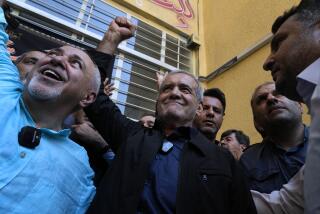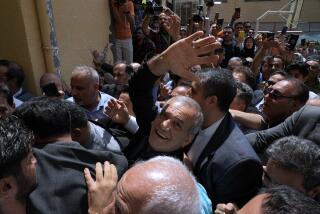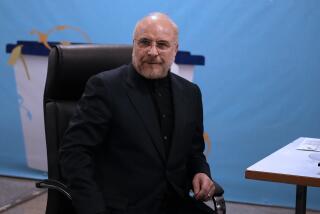Democracy mixed with religious rule
The winner of Iran’s June 12 presidential election will enjoy only limited power in the nation’s complex system.
How does the Islamic Republic’s political system work?
It combines elements of democracy with unelected religious leadership. The elected president is technically subordinate to the appointed supreme leader. Similarly, the elected parliament is shadowed by the Guardian Council, a panel of 12 unelected clerics and Islamic jurists who have the power to reject legislation deemed un-Islamic and veto presidential and parliamentary candidates.
How powerful is the president?
In theory, the president’s powers are second only to the supreme leader, Ayatollah Ali Khamenei. In practice, his freedom of action can be curtailed by various unelected bodies mostly controlled by clerics. These bodies, including the Guardian Council, have generally backed President Mahmoud Ahmadinejad since he was elected in 2005, but thwarted his reformist predecessor Mohammad Khatami.
What does the president do?
The president is responsible for economic policy and, along with his Cabinet, daily management of national and foreign affairs; heads the Supreme National Security Council, which coordinates defense and security policy; and can sign agreements with foreign governments and approve ambassadorial appointments. On major issues he defers to the supreme leader.
What does the supreme leader do?
The supreme leader, appointed by an assembly of senior clerics, has the final say in vital matters such as nuclear policy and foreign relations. He sets the outlines of domestic and foreign policy, and controls the armed forces and intelligence agencies. He appoints the heads of the judiciary and the state broadcasting company and other key posts.
More to Read
Sign up for Essential California
The most important California stories and recommendations in your inbox every morning.
You may occasionally receive promotional content from the Los Angeles Times.










